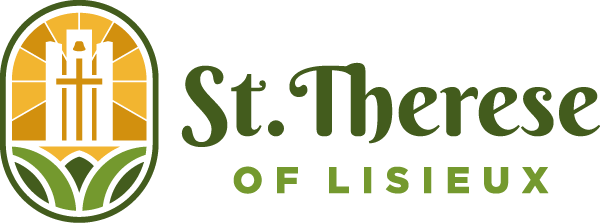This time of year, I seem to hear about several things: Sacraments, Church documents, and adult/child religious formation expectations. It is all of the “official,” dare I say “legal” requirements, that folks often fret about. Adults often ask if something they read in a church bulletin or on the internet can be taken as official church teaching. Here, I’ll take a few moments to discuss just a few of those documents that are officially official (haha). Yes, I know that this is one of those topics that could lead to a snooze-fest, but hold on as I hope to hit the high points.
Firstly, documents that serve as the guidelines for the governance and the manifestation of our faith communities are called “juridic documents.” The first that comes to mind is The Code of Canon Law. This listing of binding “laws” that govern the Church really are the backdrop within which all other policies, declarations, and more, must adhere. We must remember, however, that Rome issues documents, statements, laws, etcetera, that are of importance for the Universal Church, and yet oftentimes they leave certain aspects of an issue open for further comment or direction. When a rule or law is given space for local adaptation, it is at this point that the U.S Bishops can step in and rule on behalf of the bishops of our country. Yet, they too, can leave certain aspects up to the local bishops to determine on behalf of their own (arch)diocese. As I said, each of these levels within the Magisterium can, and do, issue their own documents. There is profound wisdom in this form of governance. While some individuals would like a “one rule for all” type of system, the Church, in her wisdom, has found that an educated, urban, Catholic has different expectations, customs, and needs than does a Catholic living in the outback of Australia. There are times when the uniformity of the Church is of importance, and other times when wisdom from someone who knows the local situation is invaluable, much like a good political structure.
There are other types of documents regarding the faith and morality that are issued to guide the faithful, as well. These aren’t laws, per se, but they still form a core of guiding principles that the Church is supposed to adhere to. The Catechism of the Catholic Church is probably the best known, but to keep to our theme, I’ll feature another type, due to its “official“ nature. Conciliar documents fall into this category. These are the documents that are issued as a result of a council gathering, like the Council of Trent, or Vatican II. In descending order of importance, conciliar documents are: constitutions, decrees, declarations, and messages.
- Constitutions concern the Universal Church and deal with doctrine, discipline, or pastoral issues. They discuss those issues that are firmly held as mandates regarding the Church’s stance on issues, and how certain matters are to be administered on behalf of the Church, basically, for now and forever.
- Decrees deal with some aspect of the Church’s life and mission. They are disciplinary in character but also include doctrine and policy.
- Declarations deal with issues of relevance for the Church of today. The statements contained, within them, reveal the Church’s stand on issues that are temporal in nature.
- Messages have no legislative function. They are exhortations addressed to specific groups at the beginning of the Council.
To conclude, the documents that I’ve already mentioned are just a few of those binding documents that regulate how parishes function, how Mass is offered, and on, and on. When someone wants to know the foundation behind almost any question or issue that could arise, I head in their direction. It is helpful to remember, though, that there are other truly enriching sources of information and inspiration that come from Catholic sources that don’t fall under this type of official, binding, and/or juridical types of text. These types of documents could be seen as the window dressing to the structure of a building, or the dessert that follow the meat and potatoes of a meal. For some words about them, tune in next week.


